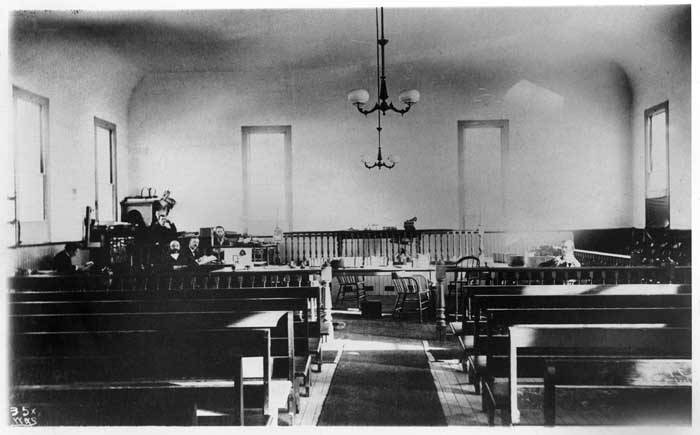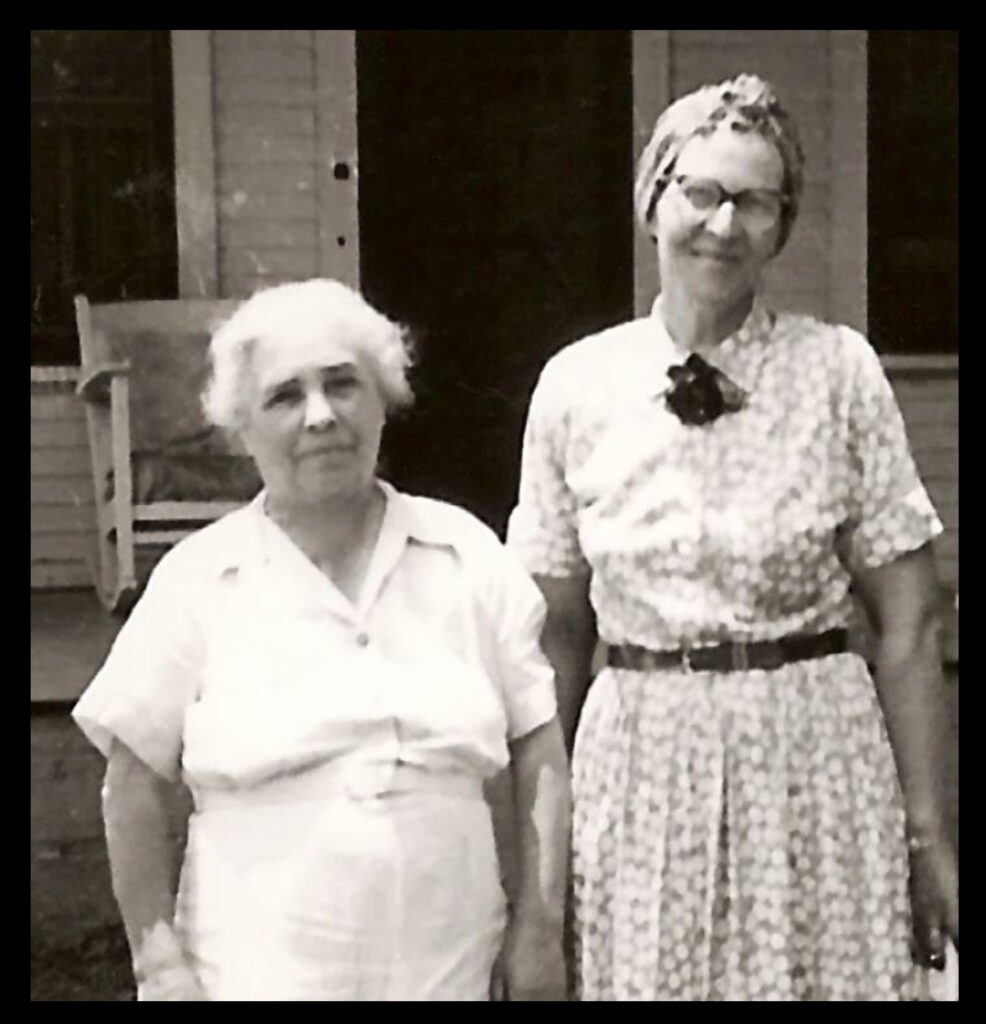The Defense
The defense tried to poke holes in the prosecution’s circumstantial case:
● Conflicting witness accounts of the timeline: The defense tried to establish that Magers was not in the location at the time the prosecution claimed. For example, a witness said he saw Magers at a hop yard near Gervais at midnight on the night of September 13.
● Lack of direct evidence: The defense emphasized that there was no direct evidence linking Magers to the murder, only circumstantial evidence.
● Alternative scenarios: The defense suggested that the murder could have been committed by someone else or in a different location, mentioning a missing boat covered in blood stains that was found at the time of the murder.
● Challenge of blood evidence: Expert witnesses questioned the certainty of identifying human blood from the blood stains found in the buggy.
● Inconsistencies in testimony: The defense noted that some witnesses were friends of the deceased and might be biased.
● Magers did not testify: Magers’ attorney claimed that the court failed to instruct the jury that the fact that Magers did not testify on his own behalf should not be considered as evidence of guilt.
● Detective Berry’s testimony: Magers’ lawyers argued that Detective Berry’s testimony was questionable because it was not corroborated by the other detectives who were present and that he had not shared that testimony during the first trial.





